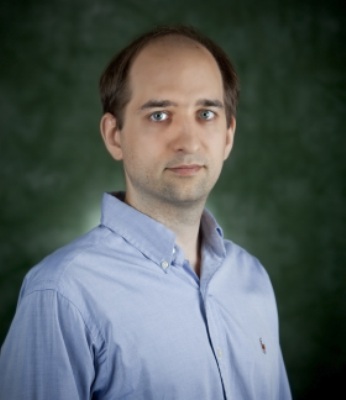Michael Lawler, a physicist at Binghamton University, and his colleagues are investigating the electronic structure of cuprates to understand the phenomenon of high-temperature superconductivity.
During the study, the researchers observed that in cuprate materials, the liquid crystal phenomenon is actively present. The details of the findings were reported in the Science journal.
 Michael Lawler. Credit:Jonathan Cohen
Michael Lawler. Credit:Jonathan Cohen
Atom vibration, which results due to the collaboration of negatively charged electrons and positively charged atoms, allows superconductivity in low-temperature superconductors. However, the mechanism of superconductivity and the collaboration of electrons in high-temperature superconductors are still not understandable.
The research team predicts that the pseudogap phenomenon, which describes the disappearance of the low-energy electronic agitations in high-temperature superconductors, is vital in knowing these materials. The researchers tested a theory that they have developed on the basis of the electronic liquid crystal patterns in high-temperature superconductors.
The atoms in smectic liquid crystals form a stripe like pattern with a few atoms thickness. In cuprate superconductors, these stripes are often troubled by tornado-like vortices, resulting in the addition or disappearance of stripes in the pattern. When the researchers studied the disturbed sites utilizing a scanning tunneling microscope, they observed a direct link between another pattern previously discovered by them and the vortices.
According to Lawler, the patterns under study hinder the normal flow of electricity but also assist electrons to work jointly to surpass this blockage. Scientists at Harvard University, Brookhaven National Laboratory, Cornell University and institutes in the United Kingdom, Japan and the Netherlands partnered with Lawler in the study.